Exploring Senegalese Grains Beyond Rice
11 min read Discover diverse Senegalese grains that enhance flavor, nutrition, and cultural heritage beyond everyday rice dishes. June 18, 2025 09:05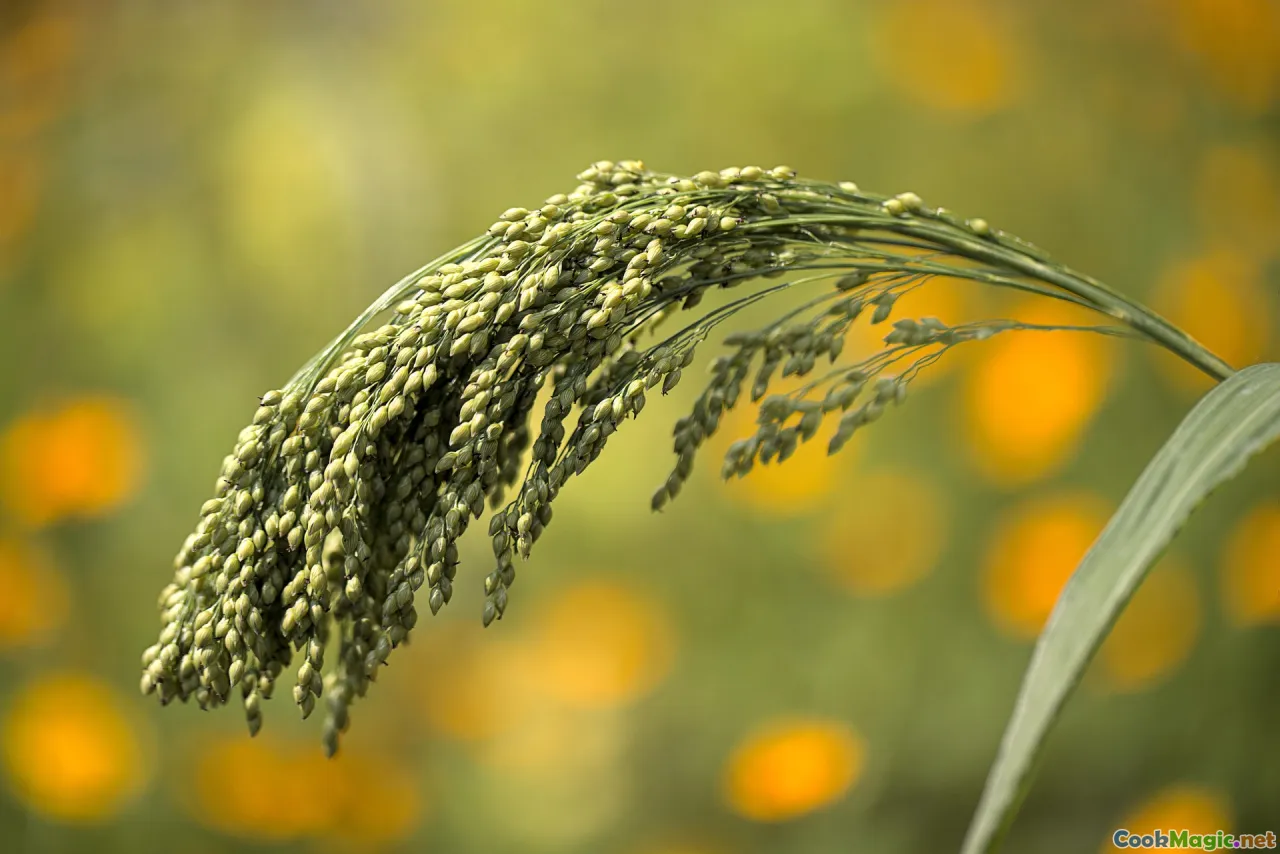
Exploring Senegalese Grains Beyond Rice
In the vibrant tapestry of Senegalese cuisine, rice — especially the staple thieboudienne, a fragrant fish and rice dish — often takes center stage. Yet, beneath the surface of this beloved cuisine lies a rich diversity of grains that have long fueled Senegal’s cultural identity and culinary heritage. These grains, with their unique textures, flavors, and stories, offer a deeper layer of appreciation for Senegalese food traditions. Join me as we delve into the often-overlooked world of Senegalese grains beyond rice — a journey into history, taste, and the soulful heart of West African cooking.
The Historical Roots of Senegalese Grain Cultivation
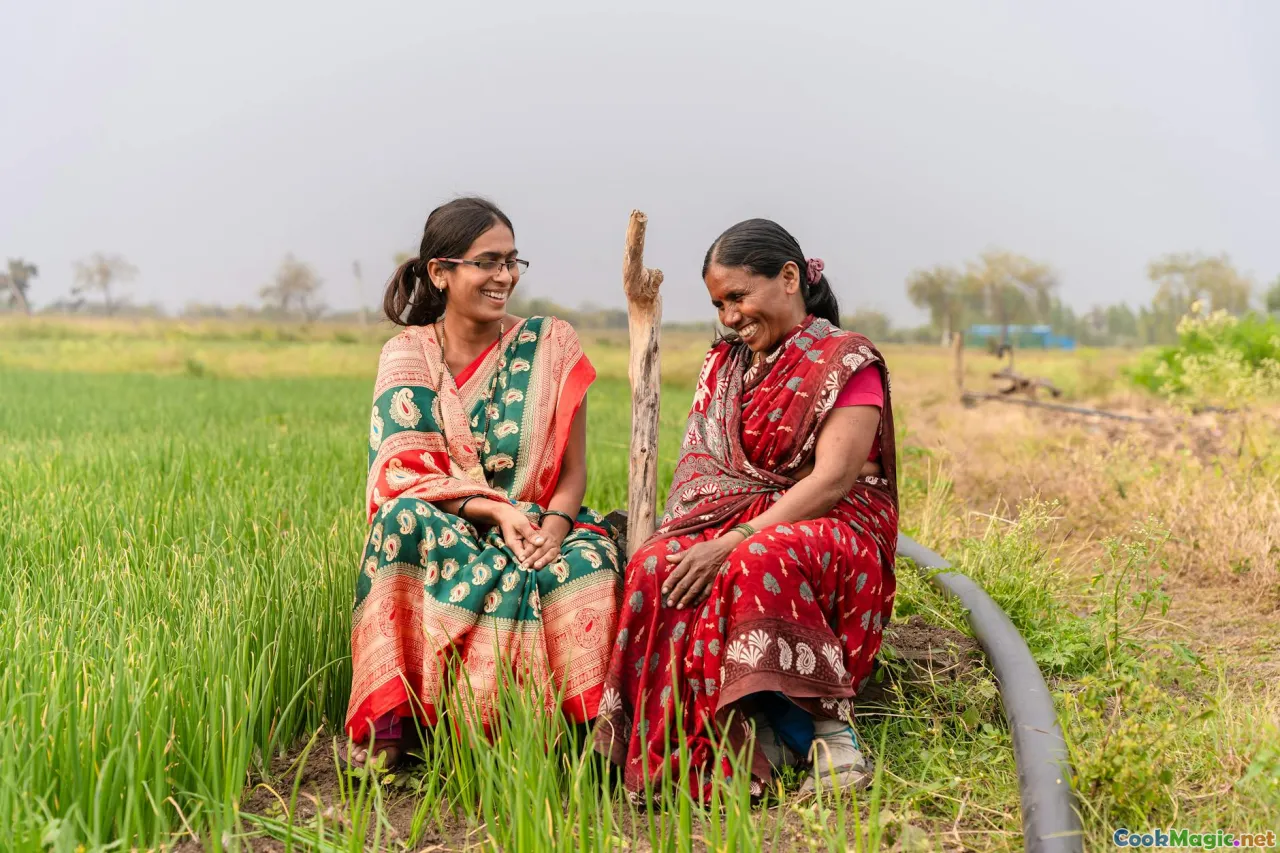
To understand the significance of grains in Senegalese cuisine, it’s essential to appreciate their historical roots. Historically, West Africa’s diverse climate and fertile valleys fostered the cultivation of indigenous grains like millet, sorghum, fonio, and maize long before rice became a dominant crop. These grains not only sustained populations but also intertwined with cultural rituals, traditional festivals, and communal practices.
Millet and sorghum, for instance, thrived in the Sahelian belt, where they offered resilient staples during dry seasons. Fonio, considered a “grain of the gods,” has been cultivated in Senegal for centuries, valued for its nutritious qualities and adaptability to poor soils. These grains are woven into daily life — in porridge, bread, and fermented drinks — and hold ritual significance during harvest festivals and rites of passage.
Millet and Sorghum: Taste, Texture, and Culinary Uses
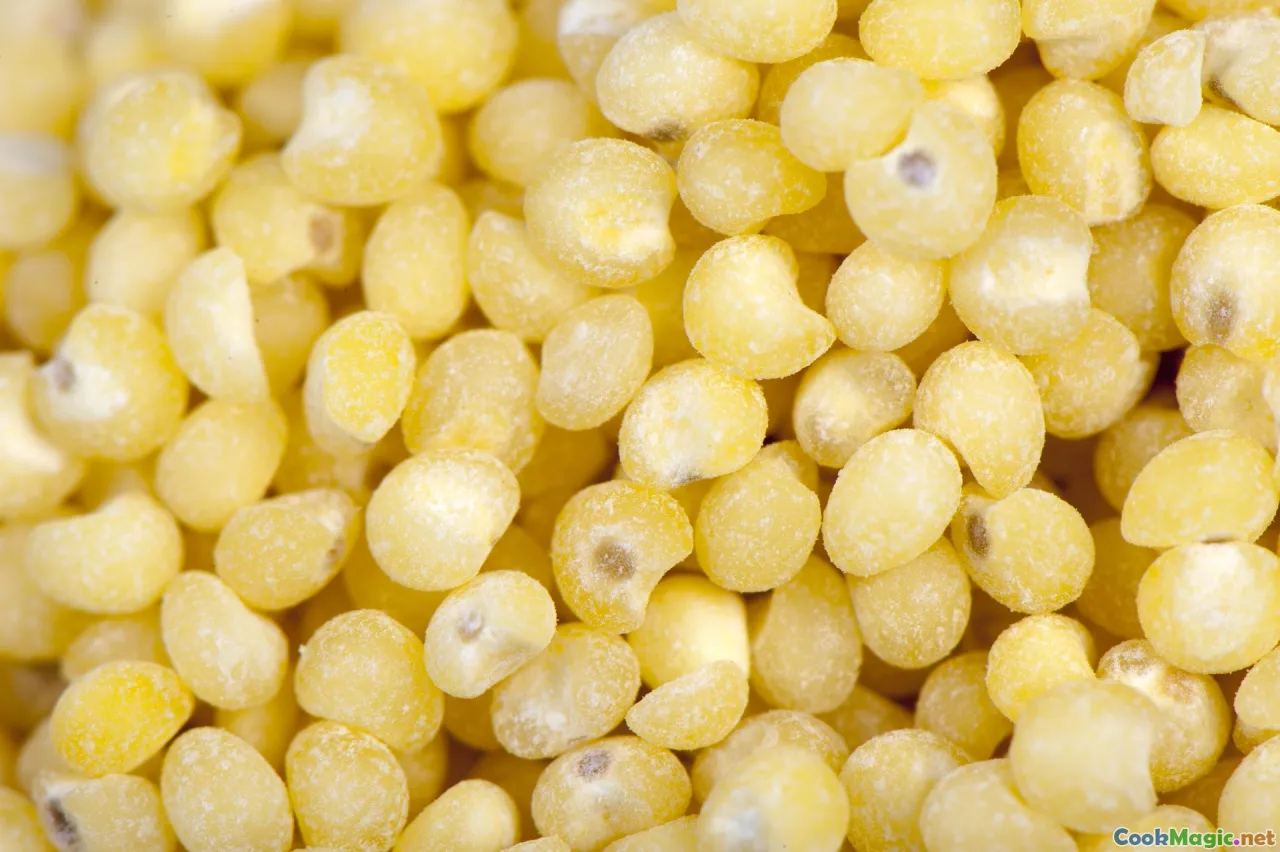
Millet: The Ancient Grain
Millet in Senegal is celebrated both for its historic importance and its versatility in the kitchen. Its tiny, round grains have a nutty aroma and a satisfying click when chewed, offering a subtly sweet, toasty flavor. Millet porridge, often served at breakfast, is a warming comfort—similar in texture to oatmeal but with a distinctive, slightly chewy consistency.
In Senegalese cuisine, millet is transformed into lakh, a fermented porridge that is tangy and rich, enjoyed as both breakfast and a nourishing snack. It also makes the base for couscous de mil, a traditional dish where millet grains are steamed and fluffed, then served with a spicy, smoky peanut sauce or a savory fish stew.
Sorghum: The Resistance Grain
Sorghum is another resilient staple, with grains that are slightly larger and more oblong than millet. It has a mild, sweet flavor, with earthy undertones reminiscent of malted barley. When cooked, sorghum’s kernels are chewy yet tender, yielding a squeeze of hearty satisfaction.
In Senegal, sorghum is often ground into flour to make tieb, a traditional bread or crisp flatbread that accompanies stews and soups. Sorghum-based pim, or fermented porridges, serve as nutritious breakfast options, especially in rural communities.
Fonio: The Tiny Powerhouse
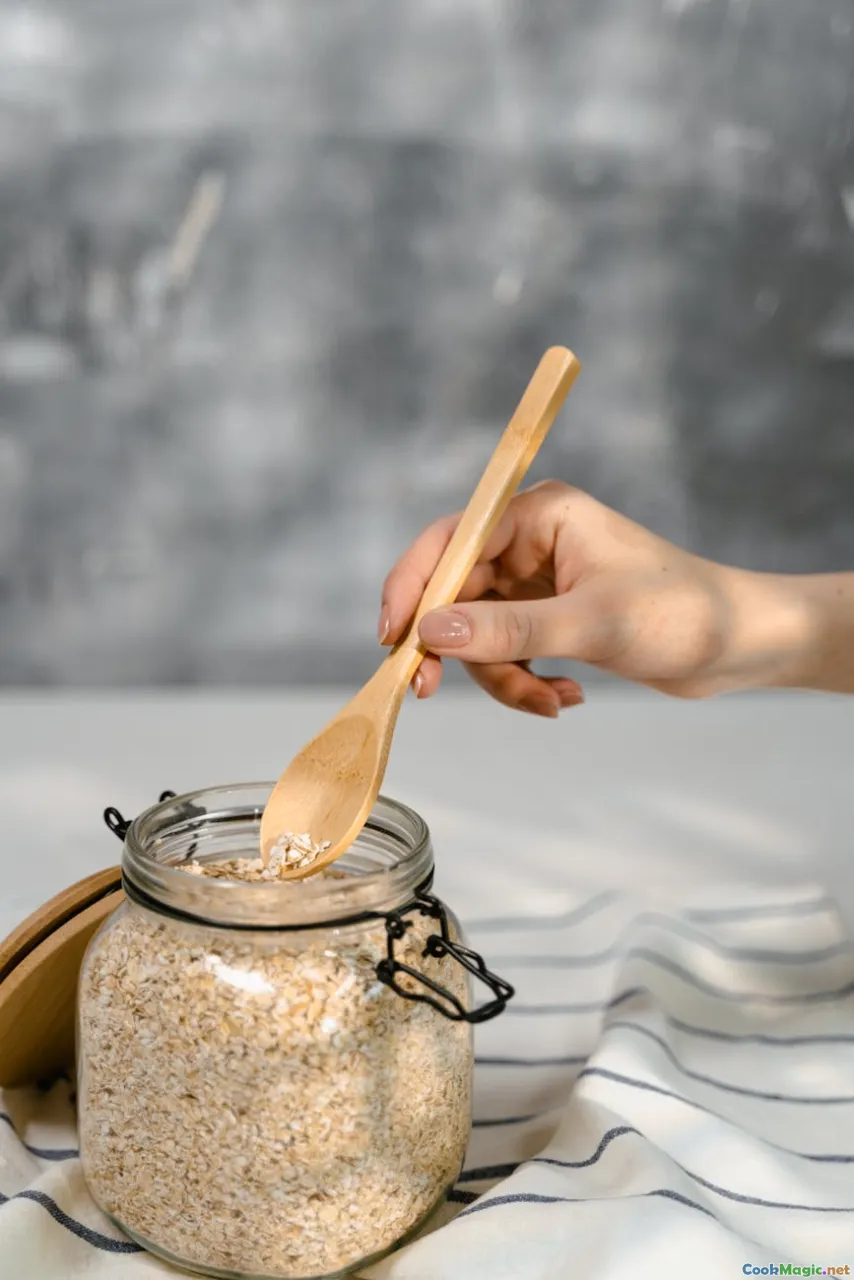
Among the indigenous grains, fonio has recently gained global recognition for its health benefits and culinary potential. Its tiny, millet-like grains cook quickly, with a fluffy, slightly chewy texture and a subtle nutty flavor that enhances both savory and sweet dishes.
In Senegalese cookery, fonio is often used as a rice substitute—be it in pilafs, salads, or as a bed for grilled meats. The traditional dish tieb de fonio is a beloved centerpiece, especially during special occasions. Its delicate aroma and fluffy texture create a dish that feels both elegant and comforting.
Maize: From Colonial Influence to Contemporary Cosmopolitanism
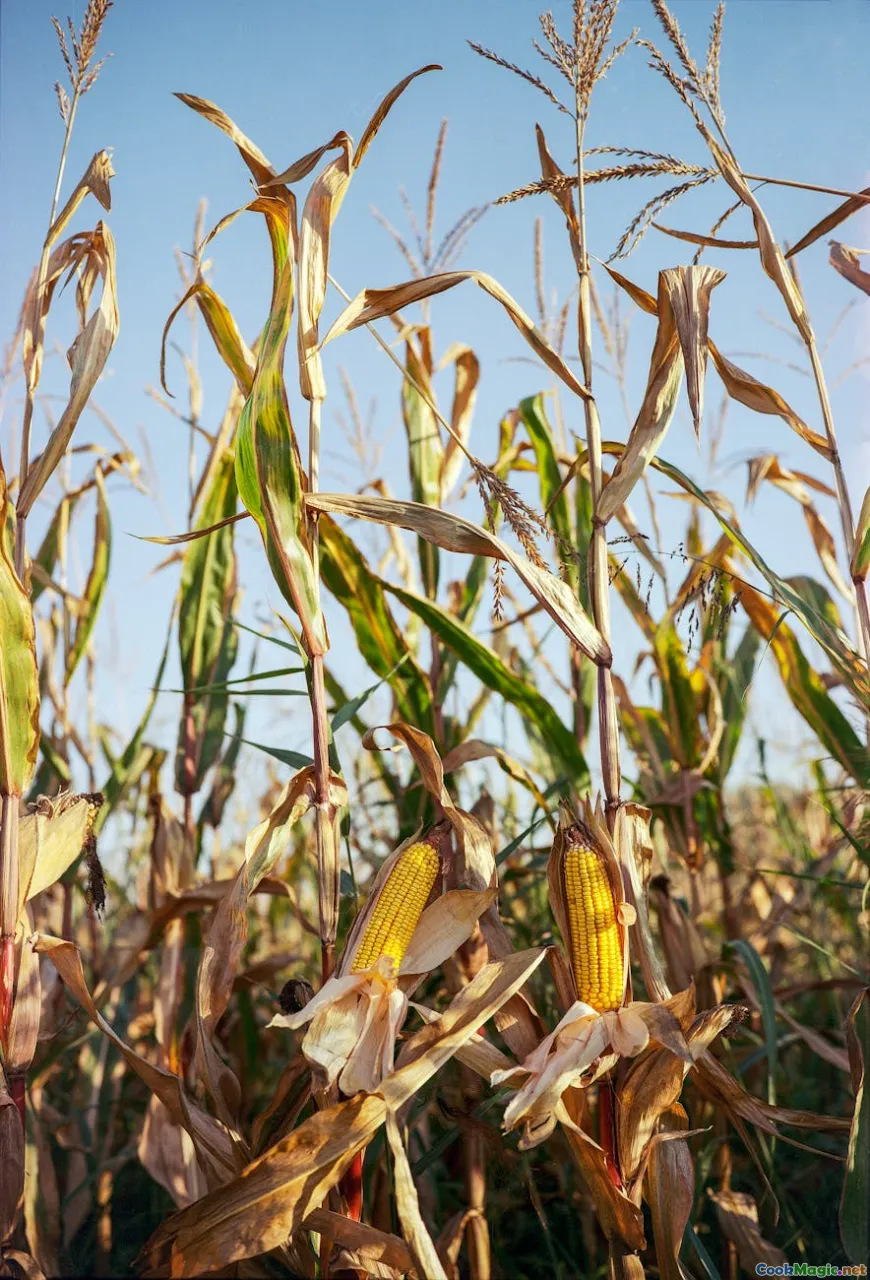
Maize, introduced during colonial times, has become woven into Senegal’s culinary landscape in distinctive ways. It’s used to make dépoudjou, a fermented maize porridge with a tangy flavor, and maïs grillé, roasted corn on the cob seasoned with local spices.
In urban Senegal, especially Dakar, maize finds its place in street foods, eaten straight from the cob, or rolled into flour for baking bread and making boulette de maïs — savory maize balls. Maize has adapted beautifully, blending colonial influences with traditional dishes, and remains a versatile grain for contemporary cooks.
Cooking Tips and Techniques for Senegalese Grains
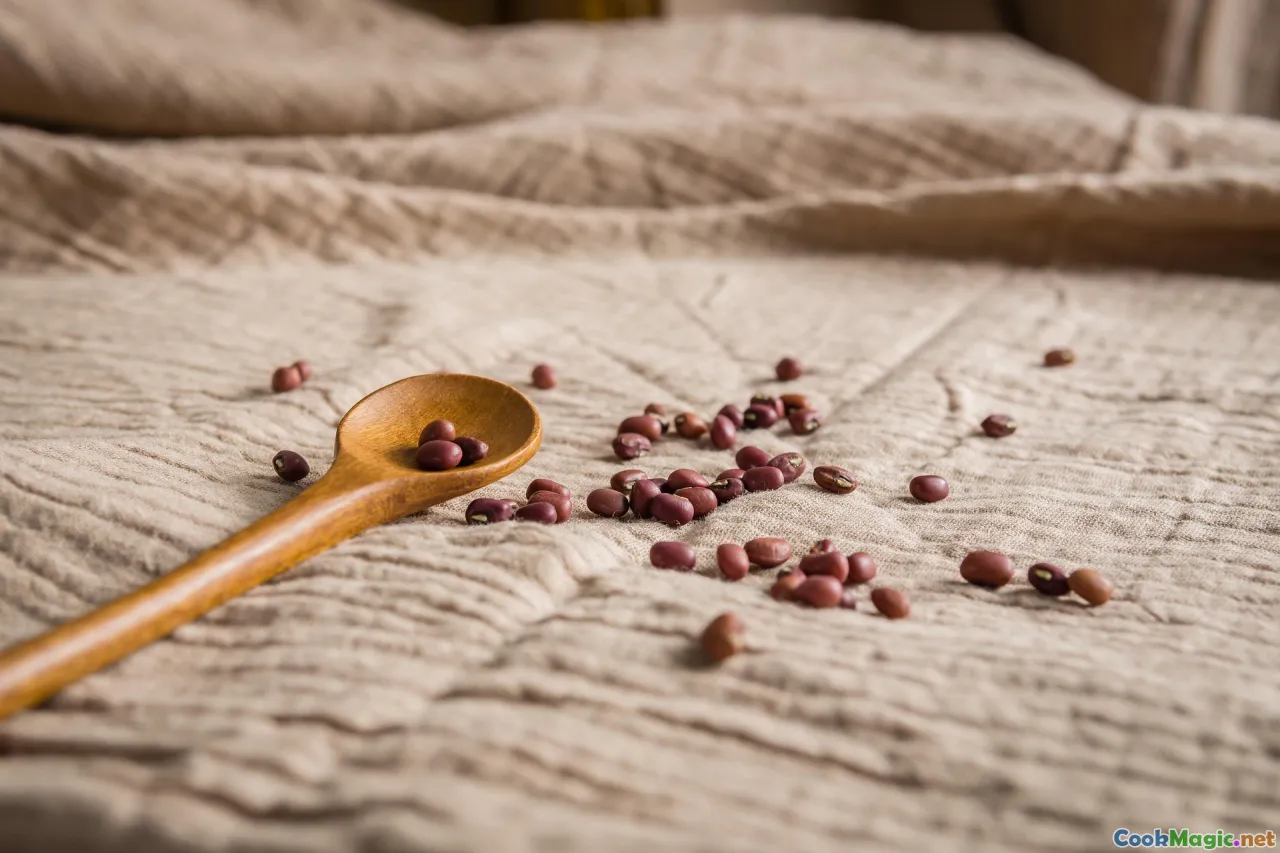
To truly appreciate these grains, understanding their cooking techniques is vital:
- Pre-soaking: Soaking millet and sorghum overnight reduces cooking time and enhances digestibility.
- Water ratios: Use generous water ratios—about 2:1—when boiling these grains to achieve fluffy, tender results.
- Fermentation: Fermenting grains like millet or fonio enriches flavor and improves nutritional profiles.
- Toasting: Lightly toasting grains before cooking adds a smoky depth and nutty aroma.
Experiment with combining grains to create hearty pilafs or textured porridge, layering flavors with local spices like peanut, ginger, or saffron, for a truly Senegalese twist.
Dishes That Celebrate Senegalese Grains
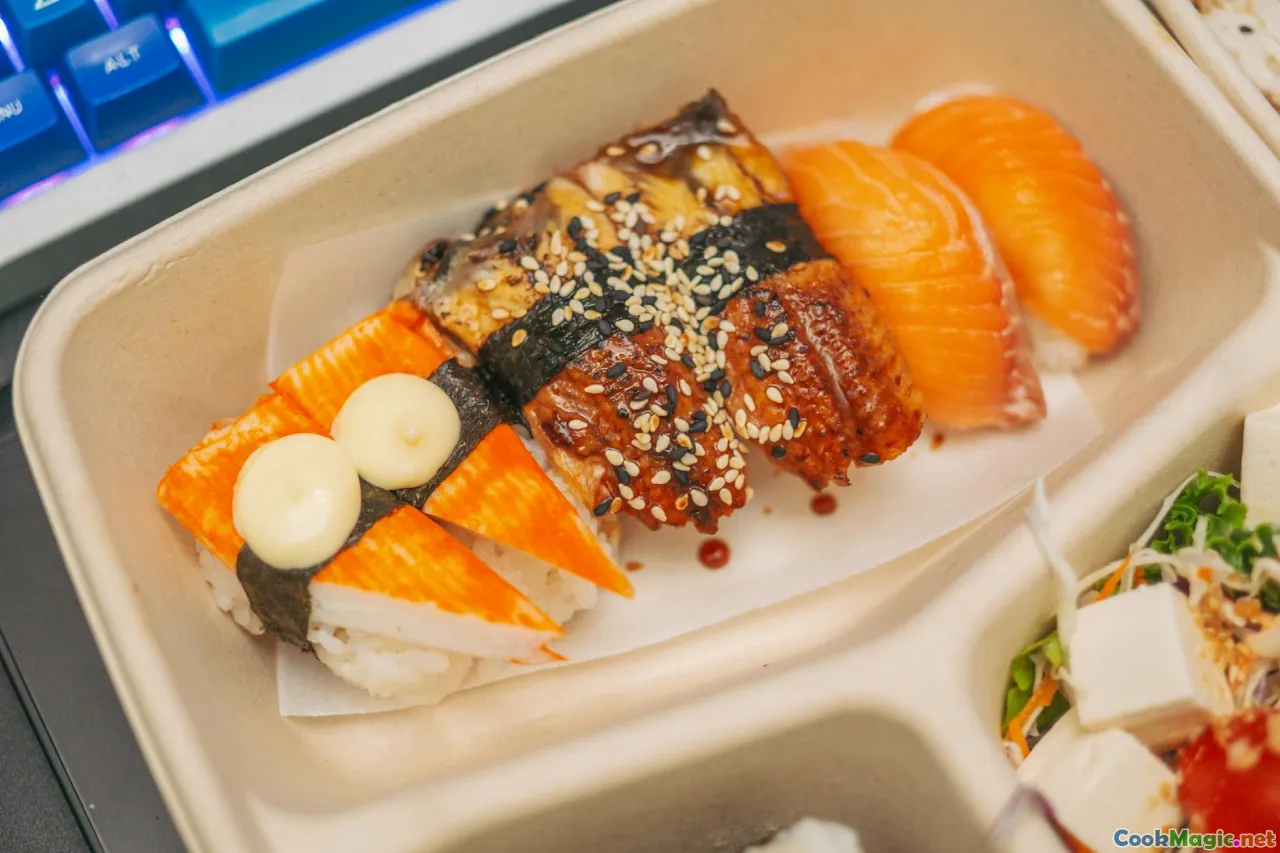
Lakh de millet — a simple, nourishing millet porridge flavored with millet, millet leaves, or radish greens, served alongside grilled fish or spiced beans.
Tieb de fonio — fluffy fonio grains cooked in seasoned broth, garnished with crispy fried onions and served with a spicypepper sauce.
Pim de sorghum — fermented sorghum porridge, enjoyed as a breakfast staple or during communal gatherings.
Maïs en brochette — skewered roasted maize coated with chili powder, a favorite snack in Dakar’s bustling market streets.
Each dish encapsulates centuries of tradition, resilience, and community spirit, turning humble grains into celebrations of flavor and culture.
Sustainability and the Future of Steady Grains in Senegal

With climate change and modern agricultural challenges, the future of Senegalese grains hinges on sustainable practices. Local farmers are reclaiming indigenous grains like fonio because of their drought-resistant properties and minimal environmental impact.
Supporting local grain cultivation not only preserves culinary heritage but also fosters economic resilience. Innovations like seed preservation, organic farming, and community grain banks are vital for maintaining these grains’ availability amid climate variability.
Personal Reflections and Cultural Significance
Embarking on a journey through Senegalese grains illuminates more than just ingredients — it highlights resilience, adaptation, and identity. I have tasted millet and fonio in humble village markets, their flavors connecting me to generations of Senegalese who have cultivated these grains in harmony with nature.
Sharing these grains beyond rice opens new avenues for culinary discovery and respect for Senegal’s rich agricultural wisdom. It’s about honoring tradition while inspiring innovation—creating dishes that are deeply rooted in history yet boldly forward-looking.
The next time you explore Senegalese cuisine, remember that beyond the iconic rice dishes lie hidden treasures — small, humble grains packed with stories, flavors, and the spirit of a resilient nation. Adaptive, nutritious, and profoundly rooted in the land, these grains deserve a place on every contemporary table committed to diversity and sustainability.
Let these grains inspire your culinary adventures, turning everyday cooking into a celebration of Senegal’s rich heritage and timeless flavors.









